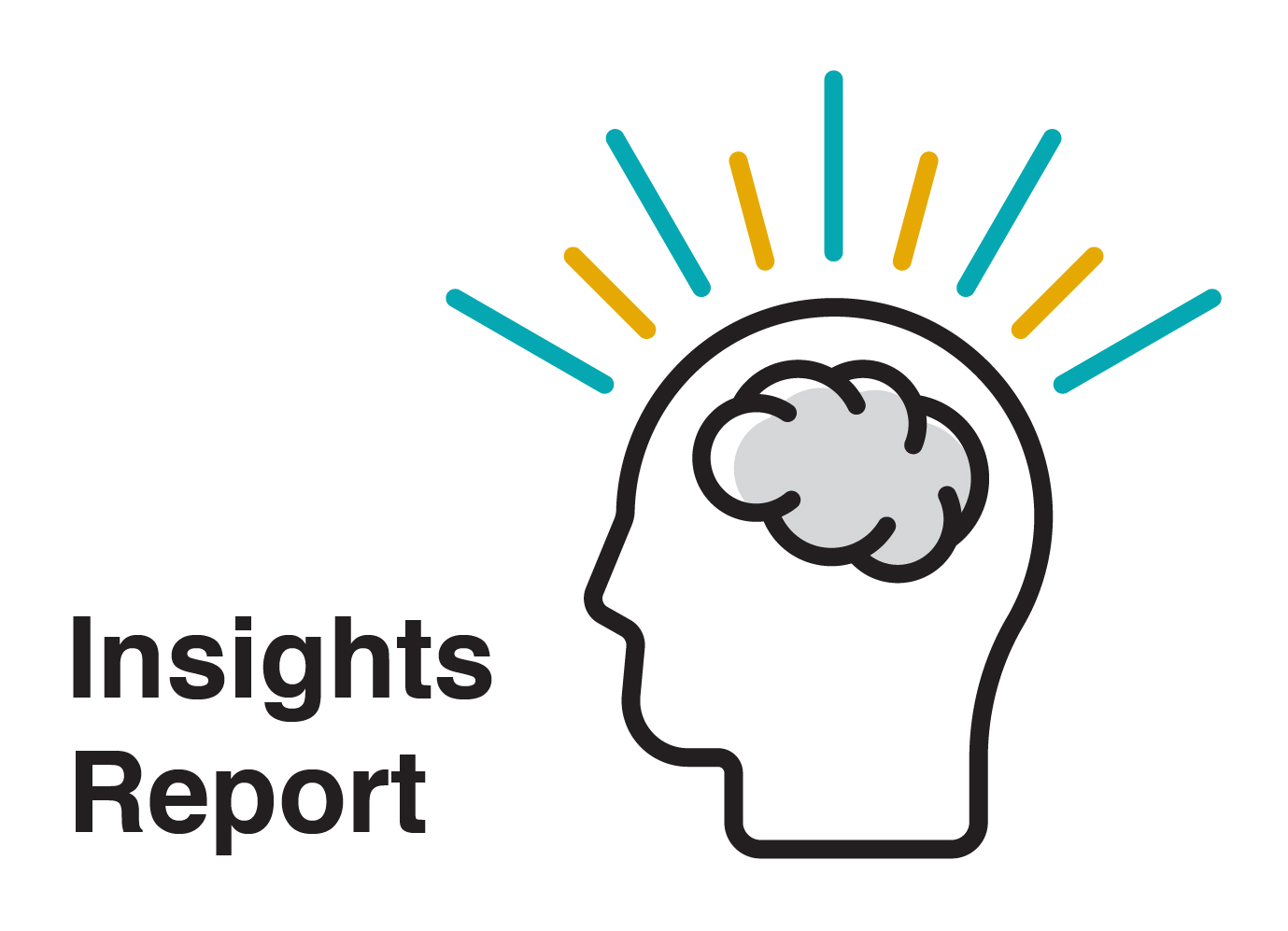The healthcare industry is a constantly shifting and evolving landscape featuring a multitude of today’s most innovative tools, technology and devices aimed at collecting longitudinal patient data. This valuable data combined with machine learning and AI has painted the horizon for new health trends and industry standards, like virtual care, moving forward. However, the transformation of healthcare won’t hinge on simply collecting this data. Its future lies in what healthcare organizations choose to do with the data – providing actionable insights, visibility patterns, optimized efficiencies and more to build successful personalized care platforms for tomorrow.
You Can Only Improve What You Can Measure
The same level of valuable data insights that applies to the traditional four walls of healthcare also applies to the virtual care model. In the early months of the COVID-19 pandemic, healthcare providers and consumers quickly embraced telehealth opportunities for their access and convenience. Now, almost two years later, virtual care is a permanent fixture in today’s healthcare picture. Which is why it’s vital that our current and future telehealth models are designed to help users understand the performance of their platform and display metrics in different user-friendly formats to help administrators better comprehend the data and how to effectively use it.
For the virtual care community, it’s not enough to just have healthy visitor traffic. As an industry, we need to make sure our administrators understand the dynamics behind the traffic––the why, what and when––by using a variety of visualizations, metrics, and filter options because the insights behind this data will help improve the patient experience, operational efficiency, and increased adoption of the platform.
eVisit, the leading enterprise care delivery platform built for modern health systems and hospitals, recently launched eAnalyze, a powerful reporting dashboard that provides its customers with valuable data insights, including usage, wait times, and other key adoption metrics. The eAnalyze Standard Dashboard allows users to understand the performance of their eVisit virtual care platform through user-friendly metrics in various formats, such as graphs, tables, and standalone statistics. Brief descriptions also accompany these graphs to help new administrators better understand the visuals at a glance.
Improving the Virtual Care Patient Experience
As virtual care platforms maintain their increased adoption by health systems across the globe, it’s imperative the patient experience continues to improve as well. That starts by examining areas of vulnerability, but also highlighting areas of success. By having a longitudinal analysis of the organization, it will not only help with scheduling but also provide a better understanding of when additional providers may be necessary to help keep wait times manageable and physician burnout controlled.
The healthcare industry is becoming increasingly data-driven, which is why provider organizations need reporting dashboards in their tool belt –– to empower providers with data that is critical to their business strategies and success. For virtual care providers, there’s a niche need for data dashboards in combination with their other internal reporting tools in order to compare how visit counts, wait times and durations improve with virtual video appointments over time. Telehealth may have helped plug the care gap during the pandemic, but today's virtual care platform is no longer a patchwork option to work around. Hospitals and health systems need to have a comprehensive data reporting tool like eAnalyze to help empower providers with valuable insights. One that will only become more useful the more you use it.




